Japanese culture is often seen as one that welcomes visitors of all backgrounds and preferences. Japan is a varied country that successfully combines contemporary culture with old customs throughout its urban centres, traditional temples, adventure routes, and ski resorts. Coming here will be an enjoyable, enlightening, and maybe even life-changing experience.
Why don’t we check out some of Japan’s top attractions?
1. Kyoto

A beautiful view of cherry blossoms in the Higashiyama District of Kyoto, Japan. Image source: Sean Pavone/Shutterstock.com
Kyoto, being a holy city filled with prominent temples, shrines, castles, gardens, and bamboo woods, consistently ranks as one of the most beloved Japanese cities. There is a strong sense of continuity between the past and present in the lives of Kyoto’s residents, proving the city’s traditional culture to be both robust and alive.
Traveling to all of Kyoto’s attractions would take months, but the temples of Kinkaku-ji, Kyomiza-dera, Ginkaku-ji, and the bamboo grove of Arashiyama are sure to put you at ease.
2. Tokyo
Tokyo, Japan’s capital, is a thriving metropolis and the country’s primary gateway. A tourist may spend a few days in this city and yet not see all there is to see. Shibuya Crossing’s nickname, “The Scramble,” is indicative of the chaos that may ensue in this metropolis of 13 million people.
The city is filled with traditions that are uniquely Japanese. While in Harajuku, visitors may take in the vibrant atmosphere while watching Japanese fashionistas utilise the main street as a runway, shopping for the fashions yourself, and checking the anime collections. Tsukiji Market is the place to go for fresh seafood, since hundreds of tonnes of fish are exchanged there every day. If the crowds are too much to handle, you may seek solace in one of the city’s tens of shrines, temples, or palaces.
3. Osaka
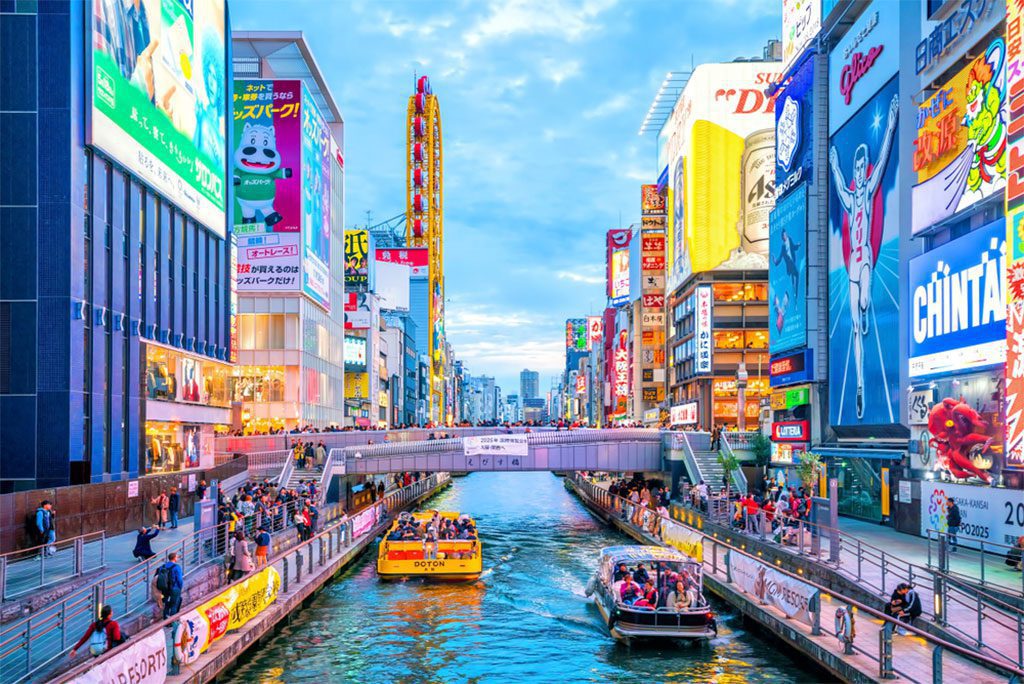
A vibrant view of tourists at the iconic Dotonbori shopping street in Osaka, Japan. Image source: f11photo/Shutterstock.com
Osaka is more than just a port city; it also offers a variety of exciting attractions. Osaka is home to the Osaka Aquarium Kaiyukan, Osaka Castle Park, and Universal Studios Japan. Many of the city’s most notable billboards are located in Dotonbori, located in the city’s centre, where you’ll find a wide variety of eateries, some of which serve just street food, and stores selling anything from souvenirs to electronics. Kids Plaza is a great place for families to take their kids since it has pretend play areas, interactive scientific projects, and plenty of open space for kids to run about and use their imaginations.
4. Hakone
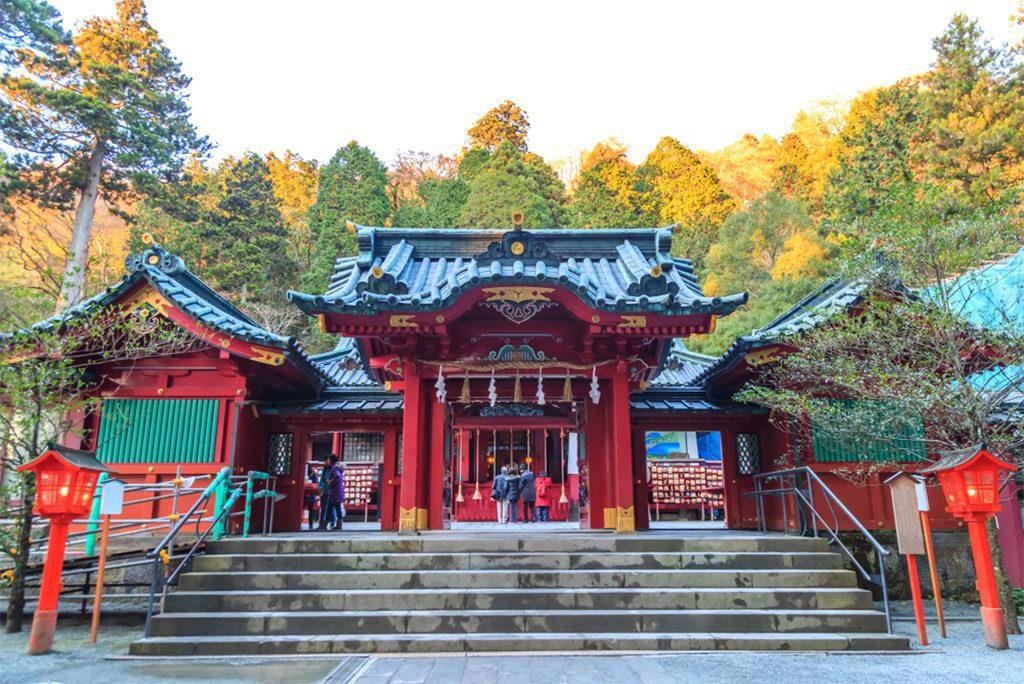
A serene view of the Hakone Shrine at Lake Ashinoko in Japan. Image source: Omjai C/Shutterstock.com
With Mt. Fuji in the background, Hakone is a tranquil mountain village with hot springs. Treat yourself to a traditional onsen soak at a local inn or public bath house. Another place where visitors may relax and reflect is Hakone Shrine, located at the end of the beautiful Lake Ashinoko, a crater lake.
After a day of trekking in the Fuji-Hakone-Izu National Park, where there are many excellent routes and where Hakone serves as a convenient home base, you’ll appreciate the soothing waters of the hot springs. The climb from Owakudani to Lake Ashinoko is preferred by locals due to the stunning panorama of Mt. Fuji.
5. Kobe
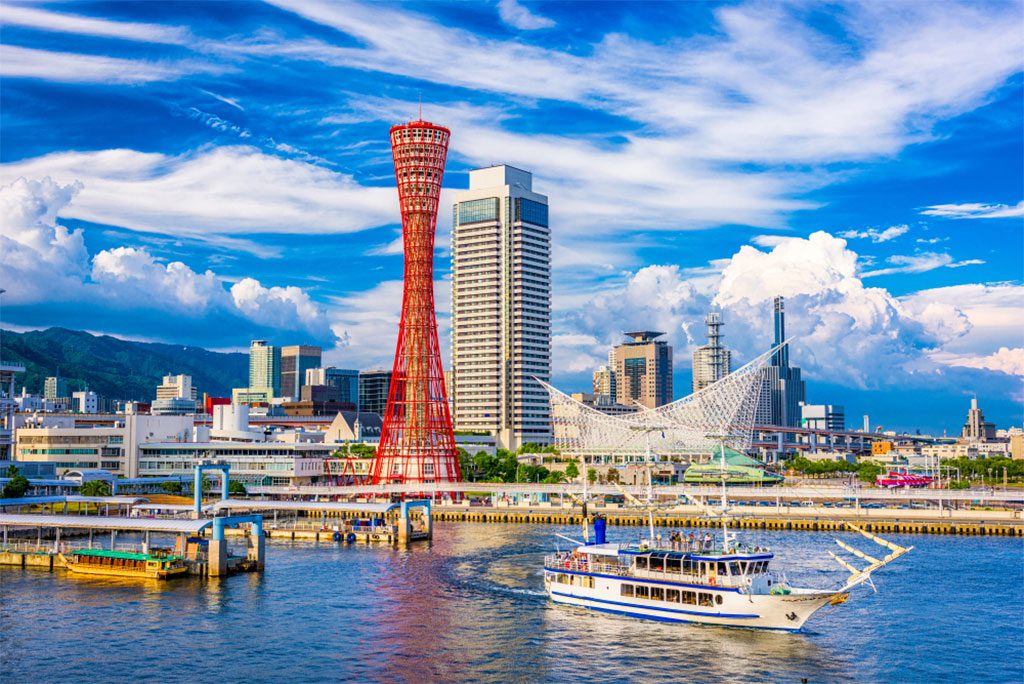
A breathtaking view of the Kobe skyline, including the port and tower. Image source: Sean Pavone/Shutterstock.com
There are many different activities, experiences, stores, and restaurants to discover in Kobe, which is situated on the port and offers breathtaking views of the adjacent mountains. For a well-rounded trip, make sure to check out the Earthquake Museum, ride the Kobe Ropeway high above the city, and unwind in the oasis that is the Sorakuen Garden. Hikers can see all of Kobe and even nearby Osaka from atop Mount Rokko.
The city has a fantastic culinary scene, particularly for meat eaters. Nada is home to a large number of breweries and restaurants serving delicious Kobe beef and warm sake.
6. Nara
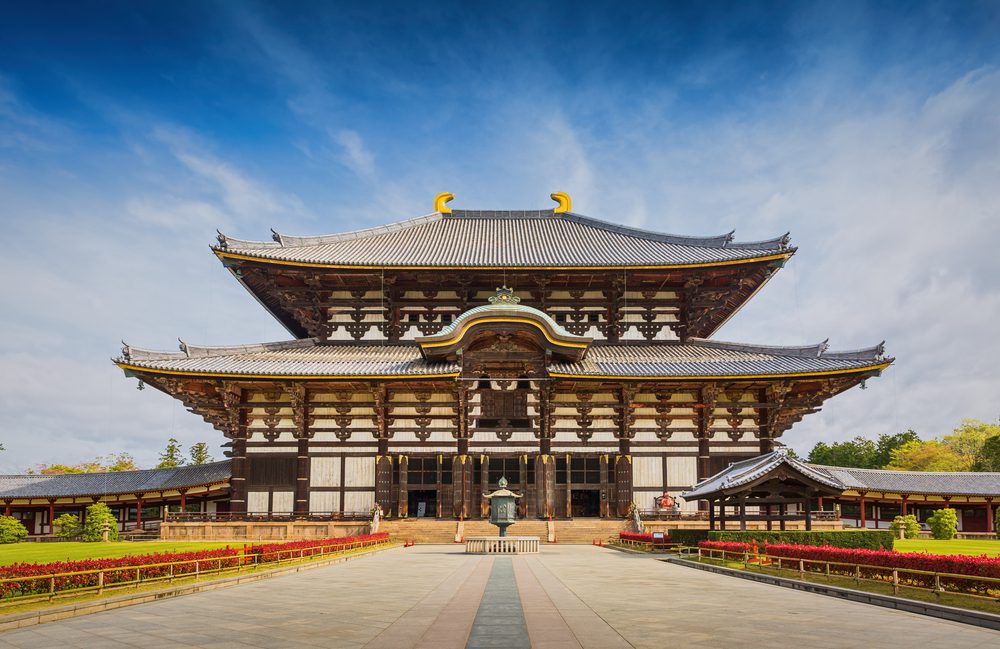
A stunning view of the Todaiji Temple in Nara, Japan. Image source: Blue Sky Studio/Shutterstock.com
Captivating and tranquil, Nara is a Japanese city populated by devout Buddhists who find daily solace in the city’s many temples. Nara is one of the most culturally important cities in Japan since it is home to historical artefacts and cultural treasures going back to the 8th century. The Todai-ji Temple, known for its enormous Buddha statue, the Kasuga-taisha Shrine, and Nara Park, where visitors may explore several temples, a museum, and even animals, are all highly regarded.
Nara is the ideal destination for those seeking a tranquil, intriguing, and less touristy city in Japan with an abundance of temples.
7. Sapporo
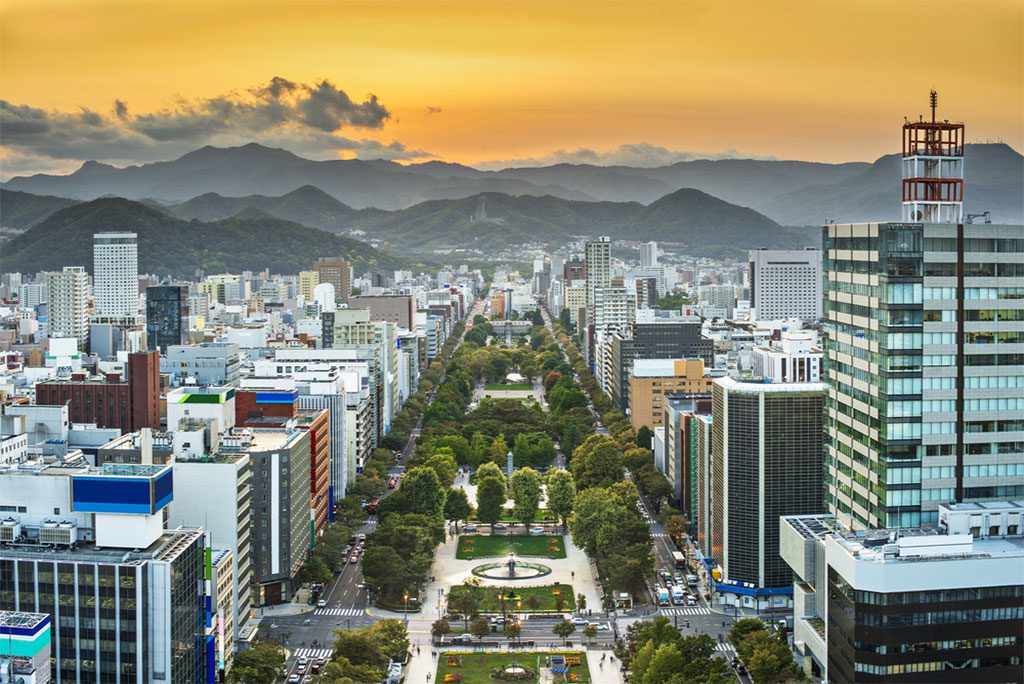
This aerial view captures the cityscape of Sapporo, Japan. Image source: Sean Pavone/Shutterstock.com
One of the finest locations in Japan to go if you’re looking for adventure is Sapporo, a highland town famous for its cool beer. Sapporo is a popular starting point for skiers and snowboarders, and it also plays home to ice sculpture festivals and contests.
Visit the Sapporo Beer Museum to learn more about the city’s renowned brew and to sample some for yourself in a picturesque beer garden setting.
8. Kamakura
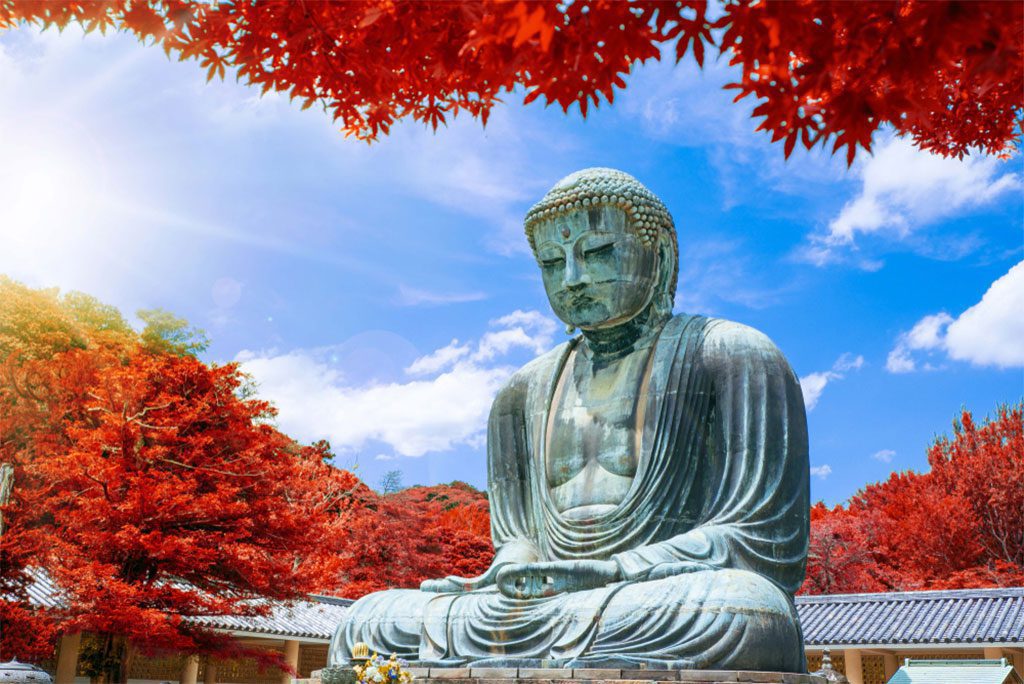
The Great Buddha of Kamakura, Japan. Image source: Studio Hito/Shutterstock.com
Kamakura is a great place to visit if you’re looking to get away from the hustle and bustle of the city. There are hundreds of Buddhist temples and Shinto shrines to explore, and the Kotoku-in Temple is home to a massive Buddha statue. There are beautiful hiking routes in the areas between the temples that bring you through bamboo groves and up and over serene hills. Take a break from walking and enjoy a ride on the Enoden, an electric train connecting Fujisawa and Kamakura. While it’s noisy, shaky, and sluggish, it’s still a good time. Yuigahama Beach is a popular spot for surfers in Kamakura because of its proximity to the city.
9. Yokohama
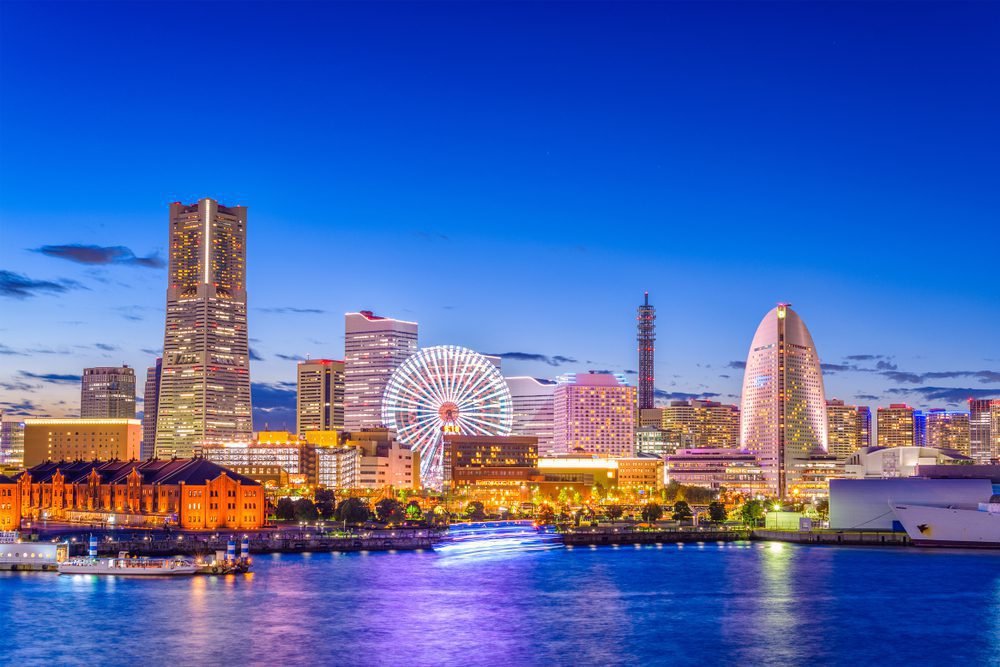
the beauty of Yokohama, Japan’s skyline. Image source: Sean Pavone/Shutterstock.com
Yokohama has several very Chinese-looking neighbourhoods. Chinese culture and business are flourishing in this metropolis, as seen by the abundance of Chinese restaurants, stores, and other cultural touches across the city.
The 3.7 million people who call this metropolis home believe it can hold its own against Tokyo, and they point to the city’s excellent living standards and luxurious buildings as evidence. The BayStars’ rivalry with the San Francisco Giants is something visitors to the area shouldn’t miss if the team is in action during their stay.
Locals love the Sankeien Garden because it’s a tranquil place to explore gorgeous gardens and historic structures.
10. Izu Hanto
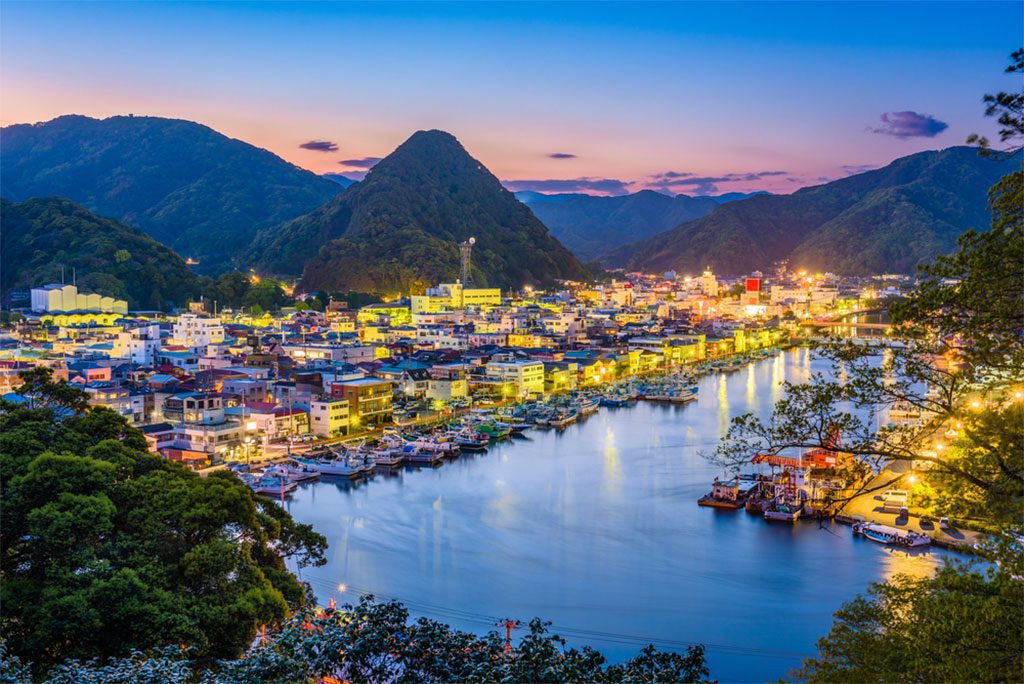
This beautiful image captures the stunning beauty of Shimoda, Shizuoka, Japan. Image source: Sean Pavone/Shutterstock.com
Visitors will find enough to do in Izu Hanto that differs greatly from the hustle and bustle of city tourism. Explore the island’s hot springs, five-star hotels, tranquil beaches, and craggy cliffs. The Kawazu Cherry Tree Festival is a lively celebration of the city’s namesake flower that draws visitors from all over the world.
11. Hiroshima
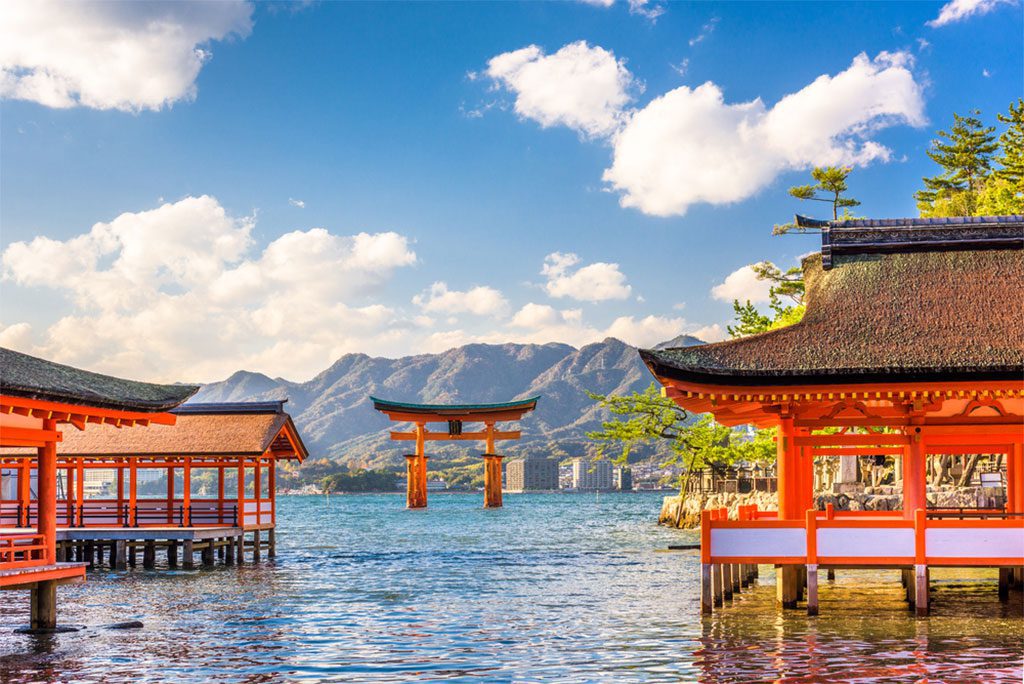
This image shows the beautiful floating shrine in Miyajima, Hiroshima, Japan. Image source: Sean Pavone/Shutterstock.com
Over 100,000 people were killed and numerous structures were destroyed when a nuclear bomb was launched on Hiroshima during World War II. Peace Memorial Park and Museum now serves as a place of remembrance for those who perished there.
Now that tourism is on the rise, the city has made a comeback. The Itsukushima Shrine and the Bomb Dome at Peace Memorial Park are both included on the UNESCO World Heritage Sites list, and visitors may also study traditional crafts at Fudenosato-kobo and go to the beautiful islands of the Seto Inland Sea. There is also an abundance of places to eat and shop.
12. Shikoku
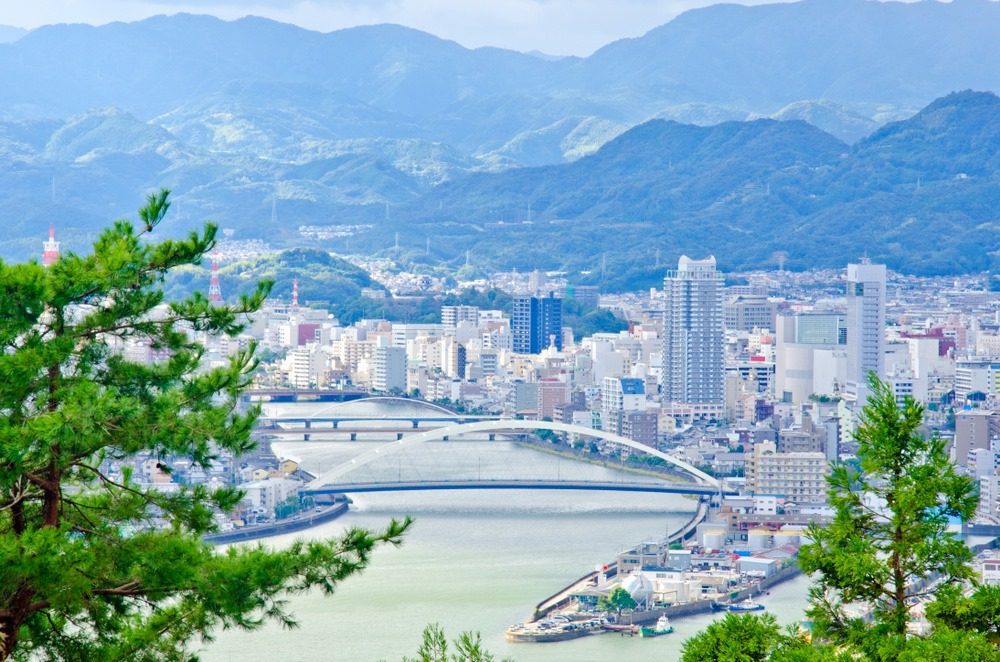
A stunning view of the cityscape of Kochi city in Shikoku, Japan. Image source: Tanya Jones/Shutterstock.com
Shikoku is the smallest of Japan’s four major islands, yet it is often considered to be one of the most spiritual, and hence most worthwhile, destinations in the country. The Shikoku pilgrimage is a 1,200-kilometer trek that visits 88 Buddhist temples and other sacred locations and is undertaken by many devout individuals. Tourists have the option of doing the whole trek or only seeing the highlights.
Tourists looking for an adventure could ride their bikes through the bridges of the Shimanami Kaido Highway, across Omishima Island, and through Imabari, before cooling down at the Dogo hot springs. The world’s softest towel may be found at the Towel Museum ICHIHIRO, perfect for souvenir hunters. If you’re not into historical buildings, you could always check out the Uchiko-za Kabuki Theater and the Matasuyama Castle.
13. Nikko
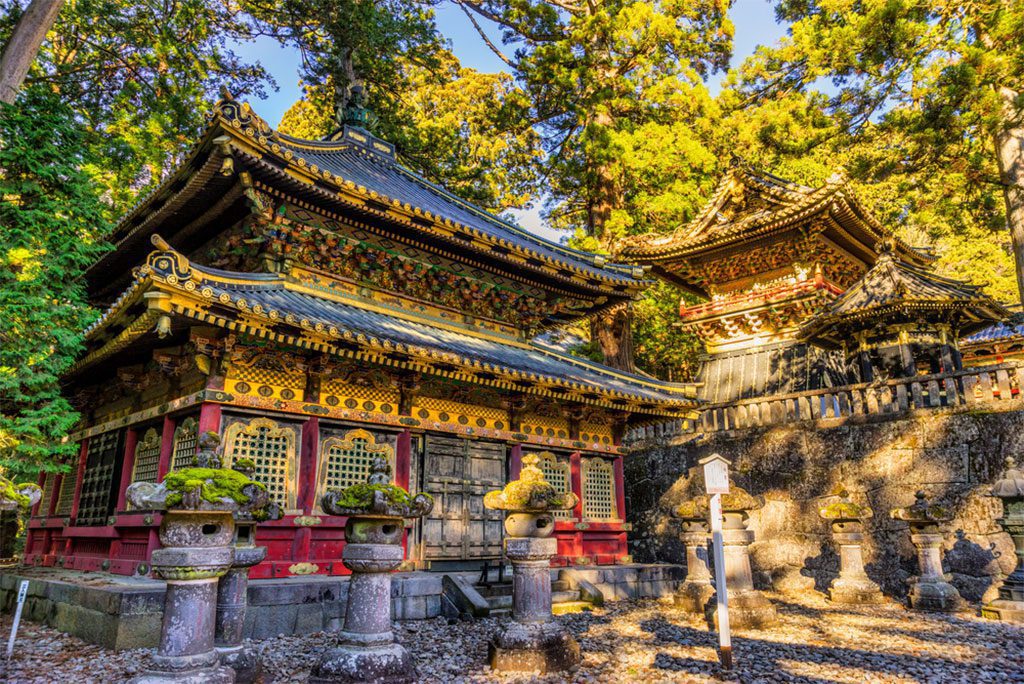
A serene view of Toshogu Shrine at sunrise in Nikko, Japan. Image source: Luciano Mortula – LGM/Shutterstock.com
The most popular and magnificently adorned temple in Japan, Toshogu, is situated in Nikko, a bustling town near the entrance to Nikko National Park. Visit Kegon Falls, Ryuzu Falls, and Mt. Nantai in the national park after gazing in wonder at one of the world’s most stunning structures. Lake Chuzenji is a tranquil lake at the park’s base that is perfect for a leisurely stroll.
Traveling to Nikko from Tokyo can be done in a single day, making it a perfect option for those with limited time in Japan.
14. Takayama
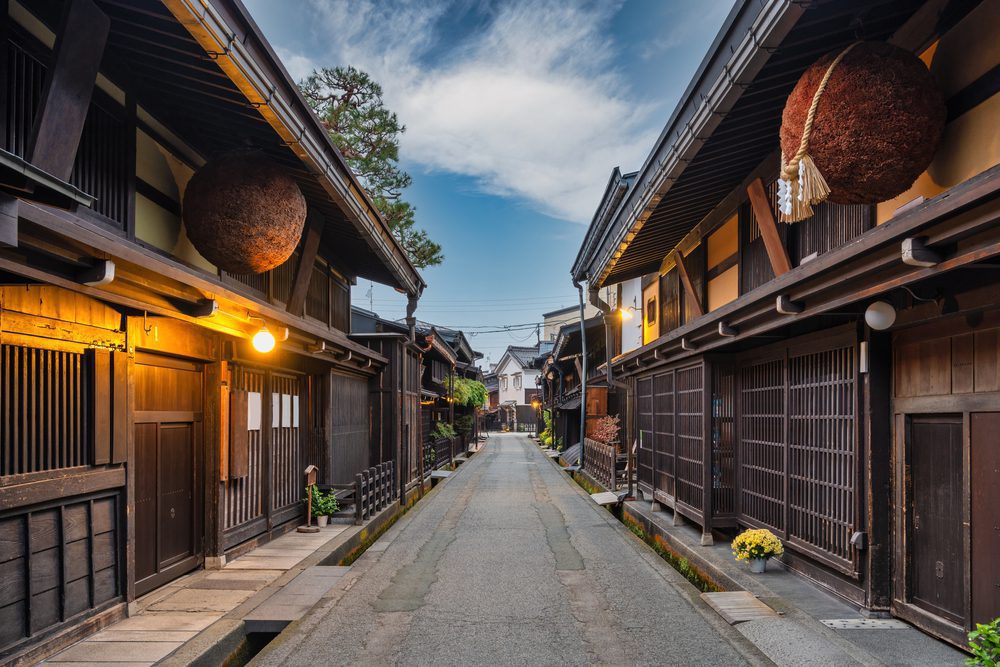
A stunning view of the city skyline at Takayama old town Sannomachi street in Gifu, Japan. Image source: Noppasin Wongchum/Shutterstock.com
Aside from a handful of other Japanese towns, Takayama has managed to maintain a significant amount of its original architecture. The city does a wonderful job of maintaining its history, and this is most evident in the Old Town neighbourhood, where brightly painted, historic merchant homes still line the cobblestone streets. Many of the structures’ intricate details may be traced back to the feudal era, when artists and carpenters took great delight in their work. The best time to visit Takayama is during the festival held twice yearly to welcome the seasons of spring and fall. Attendees come from all across Japan to see the festival’s acts and marvel at the amazing floats.
The Higashiyama Temple Walk, the Matsuri no Mori Festival Museum, and the Yatai Kaikan, an exhibition hall full of festival decorations and floats, may easily occupy a few days.
15. Chichijima
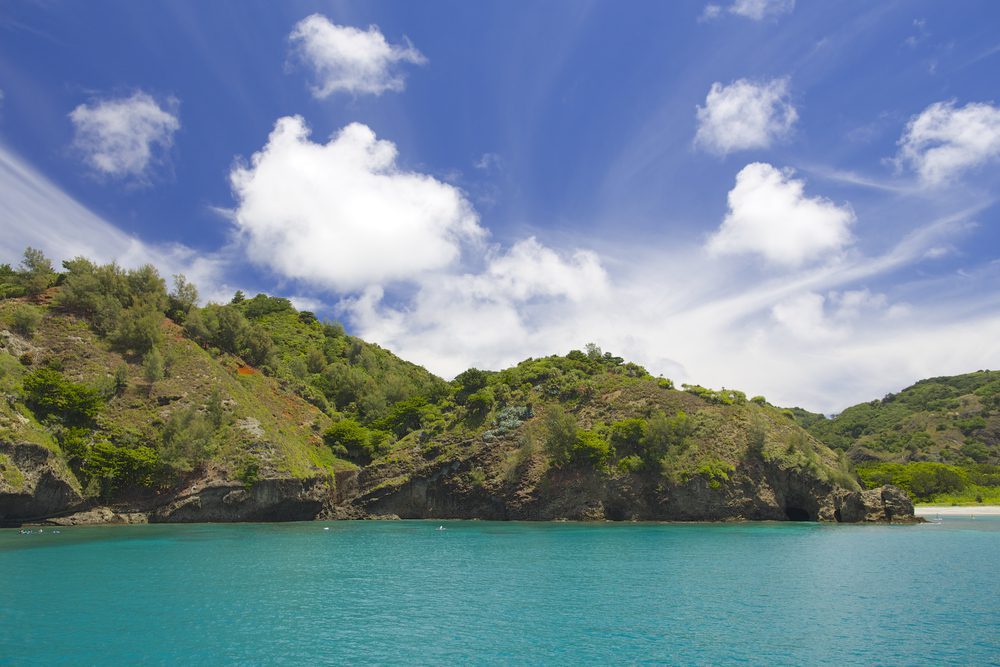
A breathtaking view of the beautiful sea of Chichijima Island in Ogasawara, Japan. Image source: KNILIA/Shutterstock.com
Chichijima, one of the most distant islands in Southeast Asia, is a hidden tropical paradise. Many water-based activities, including surfing, scuba diving, snorkelling, and whale watching, are available. The fact that getting here involves more than a twenty-hour boat sail is likely what has kept the island off the beaten path and preserved its mystique.


